I have a custom view, which I use for markup (draw lines and other figures on it). The view controller recognizes touches and gestures and passes info to the view so it can draw itself properly. Each figure has a label (CATextLayer) with some figure info on it (line length for example).
I added a rotation gesture recognizer to the view controller to rotate this drawing view. I want to rotate the view, but prevent labels from rotation (so they stay 0.0 degrees relative to the superview). For this I calculate the new drawing view's angle relative to the superview and set label's angle property to the negative value, so I can rotate them oppositely. For example, the view is rotated 30 degrees, then I rotate labels -30 degrees.
In the view drawing method which is responsible for drawing figures and setting the labels, I create new transform for each label each time the view needs to be redrawn:
CGAffineTransform transform = CGAffineTransformIdentity;
transform = CGAffineTransformRotate(transform, self.angle); //self.angle - rotation angle in radians
transform = CGAffineTransformScale(transform, scale, scale); //scale label (need this for pinch gesture, works as expected)
label.transform = transform;
All this stuff works if I rotate labels 90 degrees. If the degree is not 0, 90, 180, etc, the label's frame changes: shrinks or enlarges, with large angles it even disappears. I understand, that when you rotate the rectangle, it's frame should get bigger as it's pointed here: Why after rotating UIImageView size is getting changed?
Is there a way to prevent CATextLayer from changing its shape when rotating?


